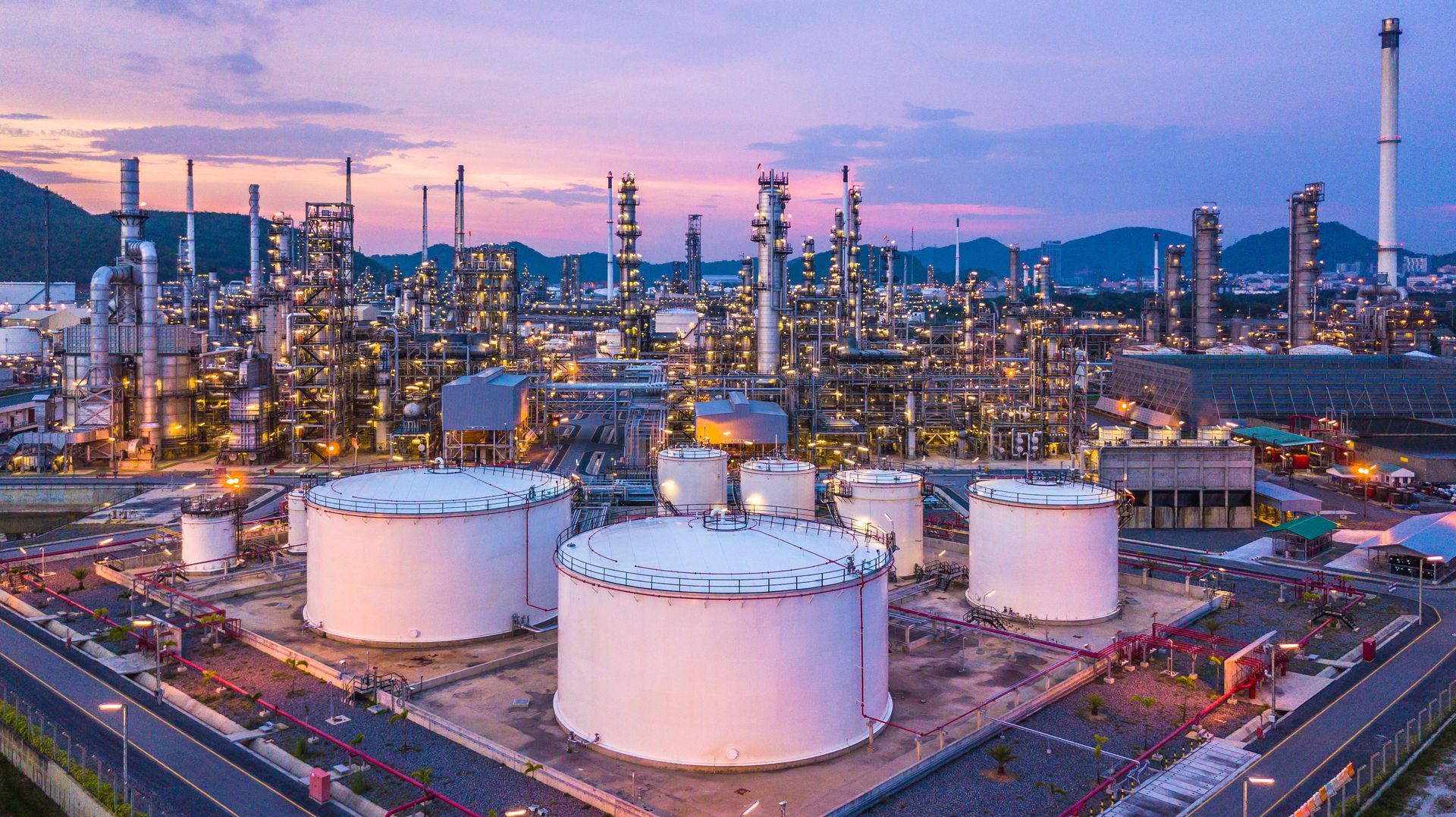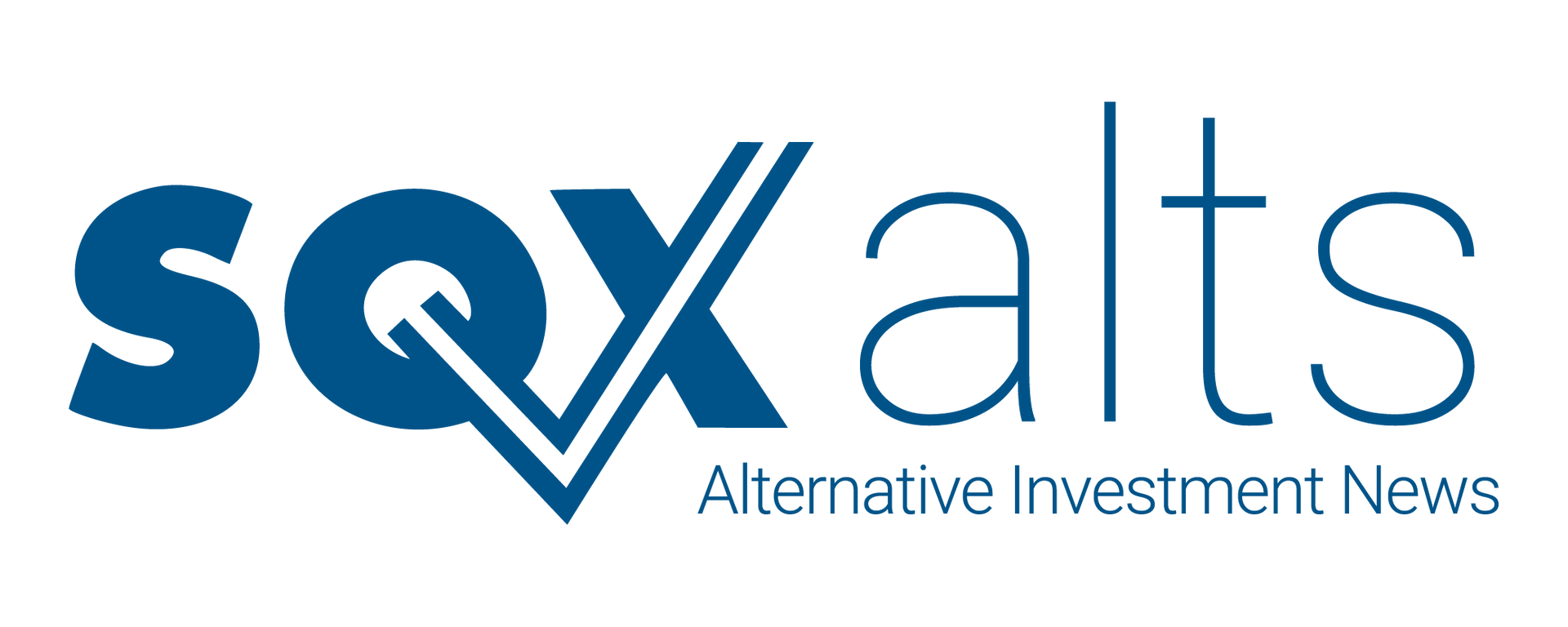Energy 11 Reports Financials, Risks, and Strategic Developments
Energy 11, L.P. outlines its 2024 performance, investment strategy, and key risks as it navigates shifting oil and gas markets.
March 17, 2025

Production and Investment Activity
Oil and gas production took a hit in 2024, with total volumes down 8% compared to the previous year. Oil sales dropped 10.4%, while natural gas volumes slipped 6.1%. Pricing also moved lower, with oil and gas selling for less than they did in 2023. On the upside, Energy 11 saw a modest increase in natural gas liquids (NGL) pricing.
Despite the decline in output, the company kept investing. It drilled 15 new wells in the Sanish Field, putting roughly $27 million toward the effort. Since 2018, Energy 11 has put over $120 million into drilling and completion costs. These investments aim to sustain production and maximize returns on its existing asset base.
Financial Performance and Distributions
Energy 11 paid out $1.45 per common unit in distributions, totaling $27.5 million in 2024. In early 2024, it also issued a special distribution of $0.05 per unit. While distributions remained steady, their future depends on cash flow from operations, which in turn depends on market conditions.
The partnership carries an unpaid payout accrual of about $43 million, a holdover from suspended distributions in 2020 and 2021. Managing this liability, along with funding drilling activity and meeting credit obligations, remains a key focus. If oil and gas prices decline further, maintaining current payout levels could become more difficult.
Risks and Market Pressures
Energy 11 operates in a volatile industry. Commodity price swings, regulatory shifts, and logistical constraints all pose potential risks. A prolonged downturn in oil and gas prices would cut into cash flows, affecting both distributions and capital spending. Global energy market uncertainty, driven by geopolitical events in Europe and the Middle East, adds another layer of complexity.
On the operational side, Energy 11 depends on Chord Energy, the primary operator of its wells. That means the partnership has little control over drilling schedules, cost structures, or production decisions. It also faces infrastructure constraints, including potential disruptions to the Dakota Access Pipeline, which plays a critical role in moving crude out of the Williston Basin.
Regulatory and Cybersecurity Challenges
Regulatory pressure is growing. New methane regulations, stricter oversight on hydraulic fracturing, and ongoing shifts in federal land leasing policies could drive up compliance costs. These changes may impact drilling economics and Energy 11’s ability to participate in future development.
Cybersecurity threats are also a concern. With energy infrastructure increasingly dependent on digital systems, potential cyberattacks on financial, operational, and data networks could disrupt business operations. Protecting against these risks requires ongoing investment in security measures.
Looking Ahead
Energy 11 plans to continue drilling in the Sanish Field over the next five years, aiming to retain its full working interest. However, the pace of development will depend on:
- Access to capital and financing conditions
- Commodity pricing trends
- Regulatory and infrastructure developments
Longer-term, the partnership has outlined potential paths for liquidity, including asset sales, a merger, or listing its units on a national exchange. There’s no set timeline, and market conditions will likely determine when and how these options play out.
As the energy sector continues to evolve, Energy 11 is balancing near-term challenges with long-term growth plans, keeping a close eye on market conditions and operational performance.



